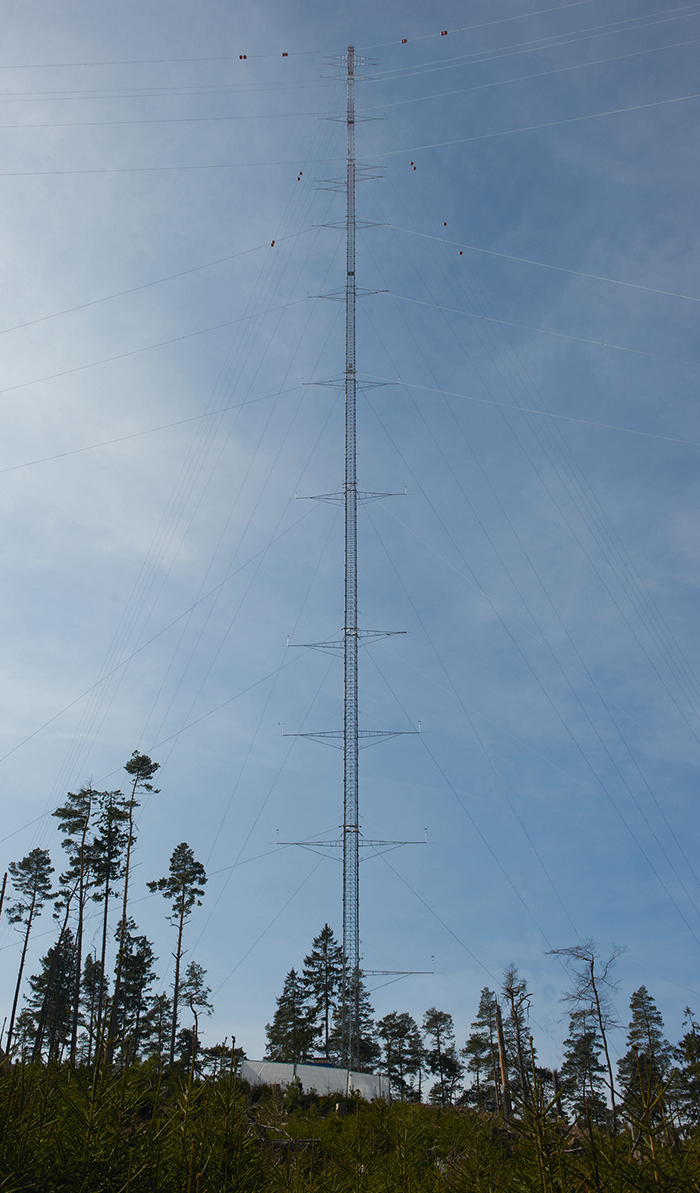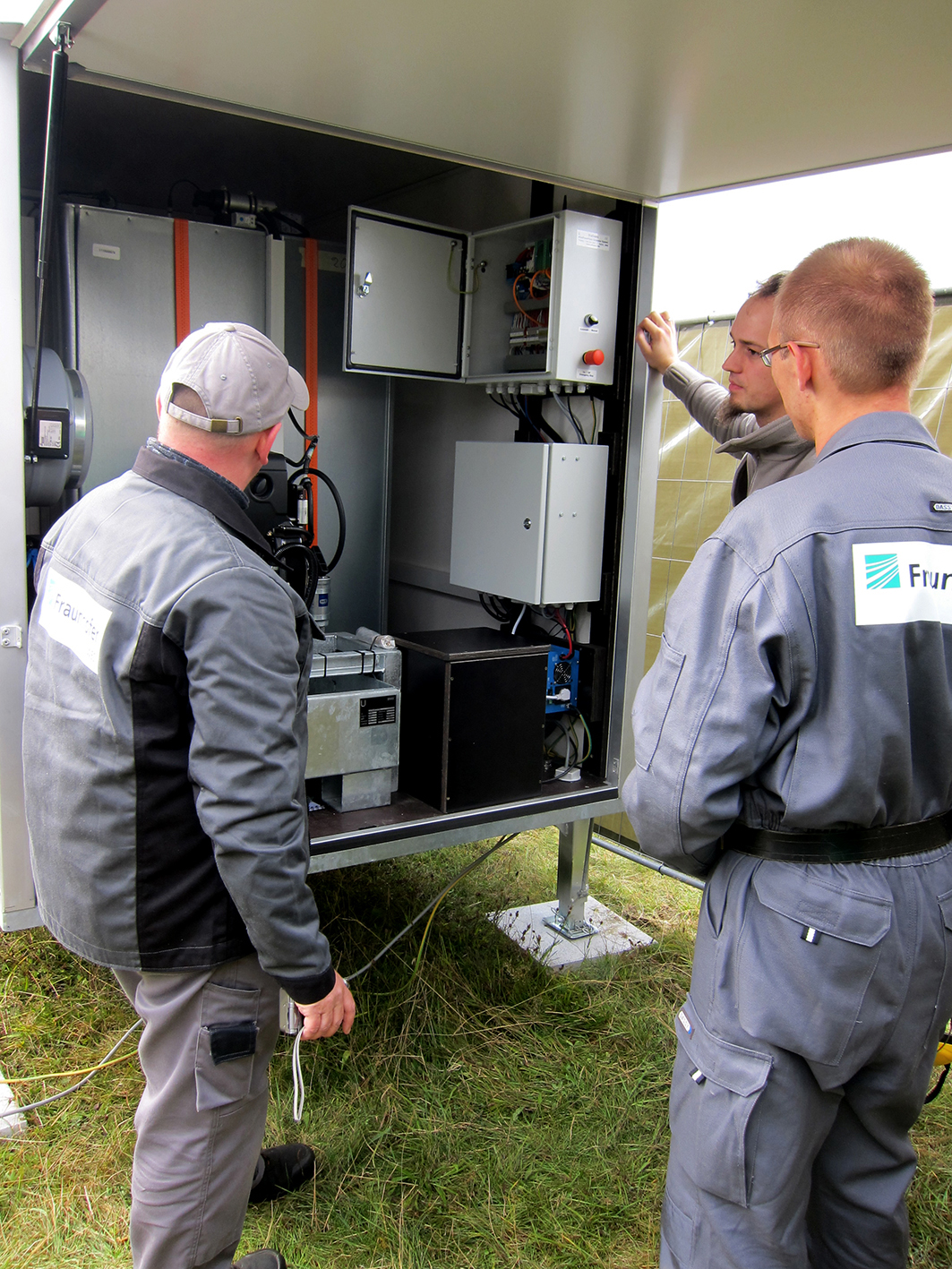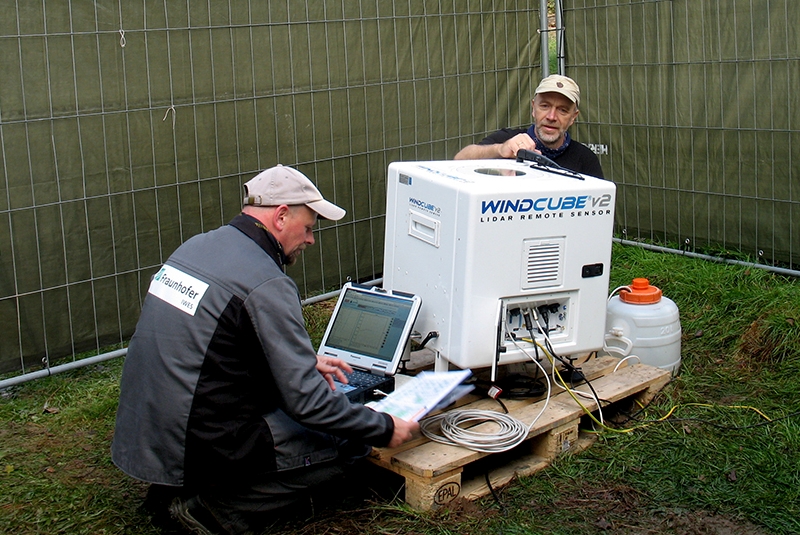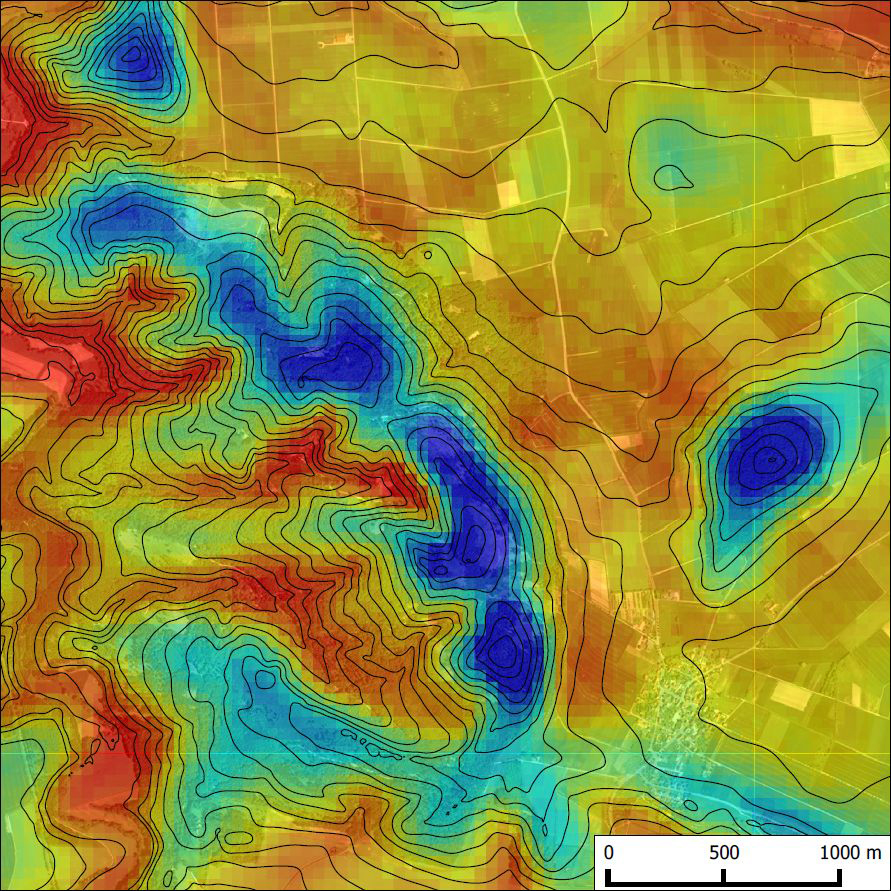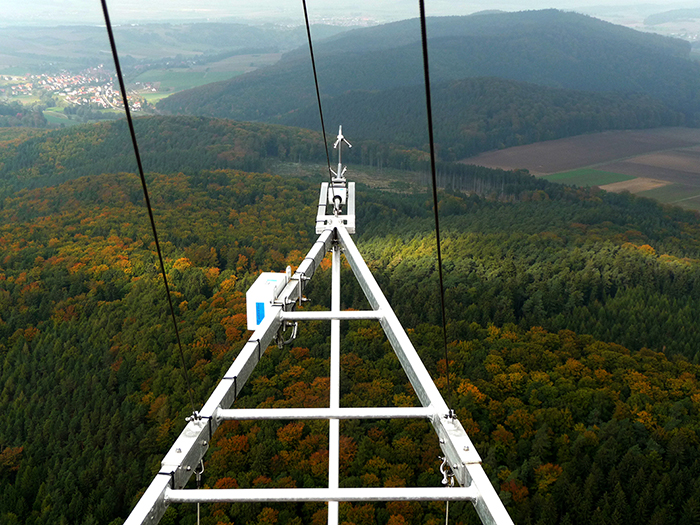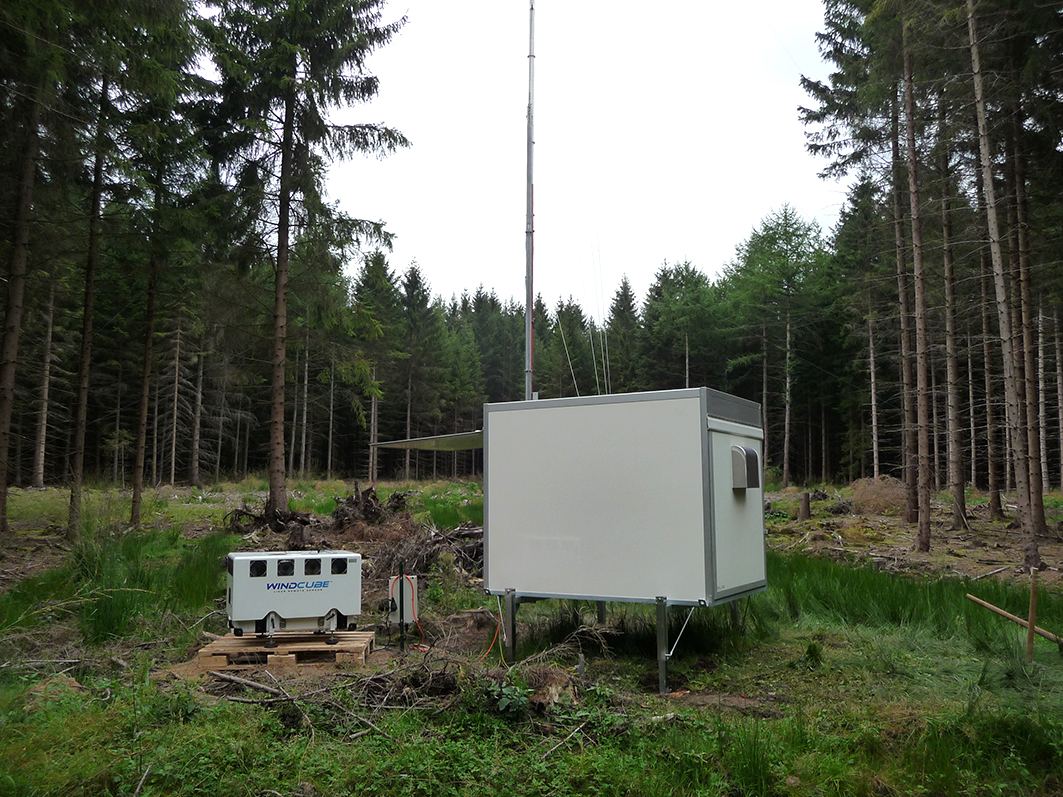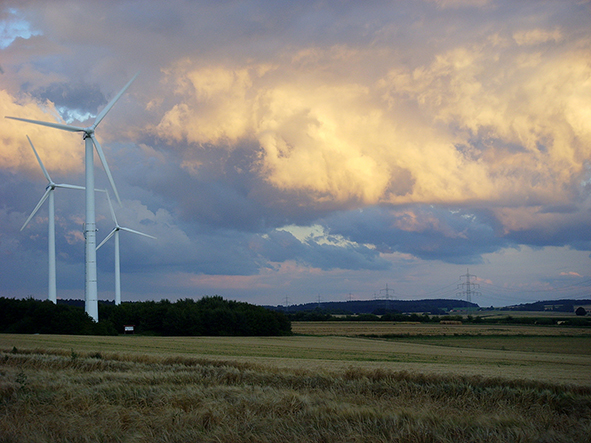Research and testing platform 200-metre high measurement mast
Our 200-metre high research measurement mast on the Rödeser Berg near Kassel is the only facility of its kind in Germany. We use the mast to investigate the wind profile and the wind characteristics up to very great heights. In addition, our "vertical laboratory" allows us to fit sensors and measurement systems directly to the mast at heights of up to 200 metres above ground level and test them. Moreover, comparative measurements and validation tests for remote measuring systems can be carried out under complex wind flow conditions. So far, a whole variety of different testing and measurement projects have been carried out using the 200m mast, including using LiDAR and SoDAR wind measurement devices, LiDAR wind scanners, and ice and bat sensors.
The 200m mast is situated on a hilltop in a typical wooded, upland location, and it has the following specification:
- Wind measurement mast with a measurement height of 200 m
- A wide range of equipment: over 20 wind sensors distributed at 13 different measuring heights, and 40 meteorological sensors in total, including several ultrasound anemometers and a ceilometer
- High-precision measurement system: IEC-compliant, MEASNET-calibrated wind measurement sensors
